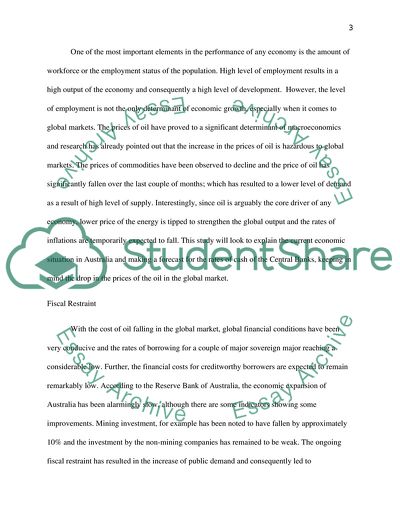Cite this document
(The Current Economic Situation in Australia Case Study - 1, n.d.)
The Current Economic Situation in Australia Case Study - 1. Retrieved from https://studentshare.org/macro-microeconomics/1686258-business-report
The Current Economic Situation in Australia Case Study - 1. Retrieved from https://studentshare.org/macro-microeconomics/1686258-business-report
(The Current Economic Situation in Australia Case Study - 1)
The Current Economic Situation in Australia Case Study - 1. https://studentshare.org/macro-microeconomics/1686258-business-report.
The Current Economic Situation in Australia Case Study - 1. https://studentshare.org/macro-microeconomics/1686258-business-report.
“The Current Economic Situation in Australia Case Study - 1”, n.d. https://studentshare.org/macro-microeconomics/1686258-business-report.


